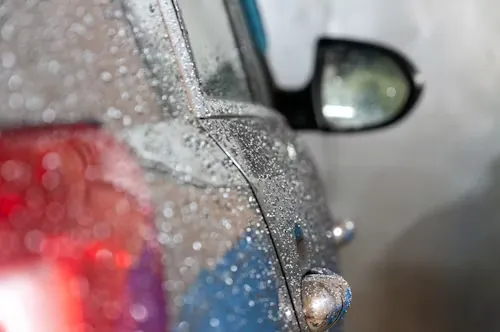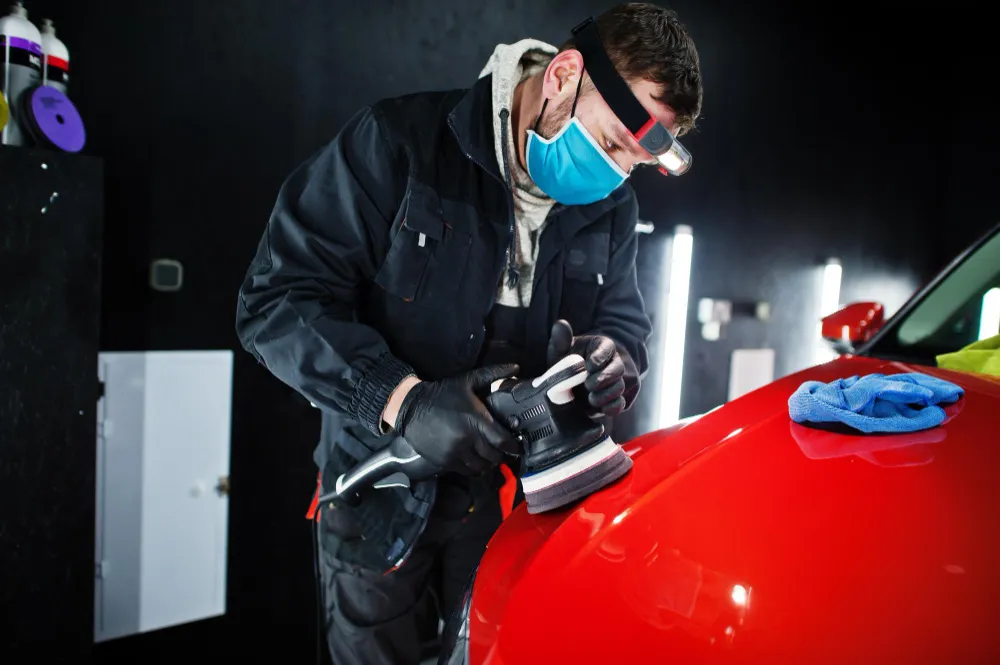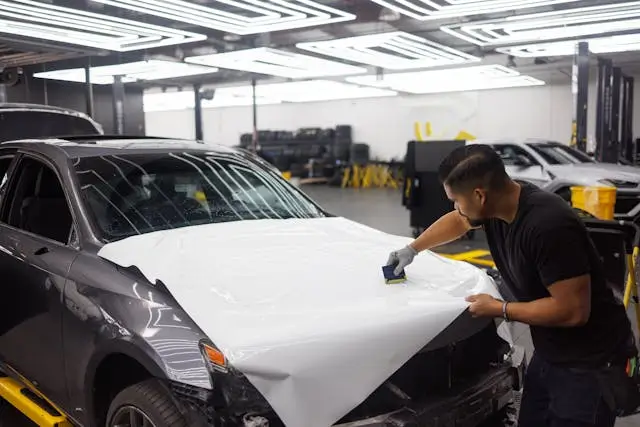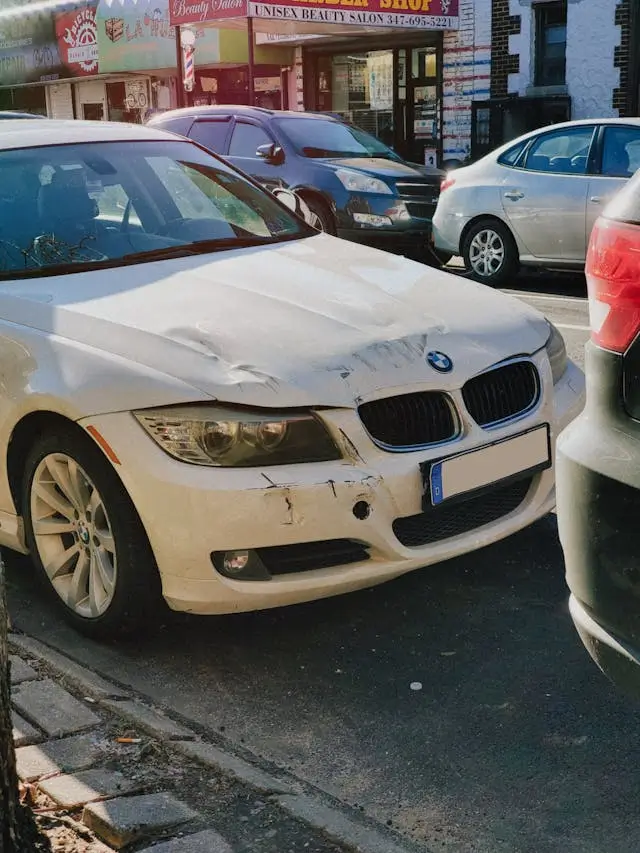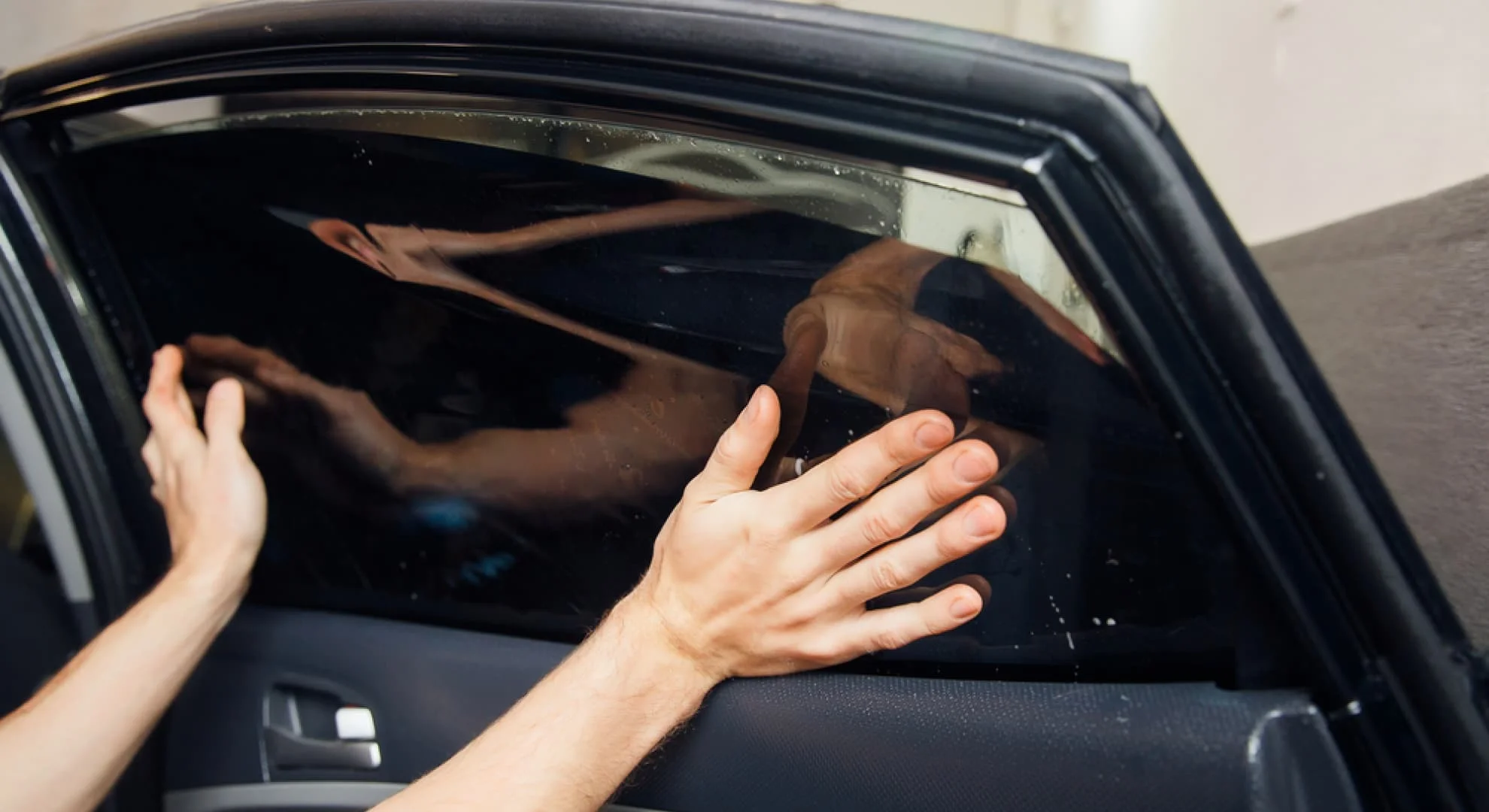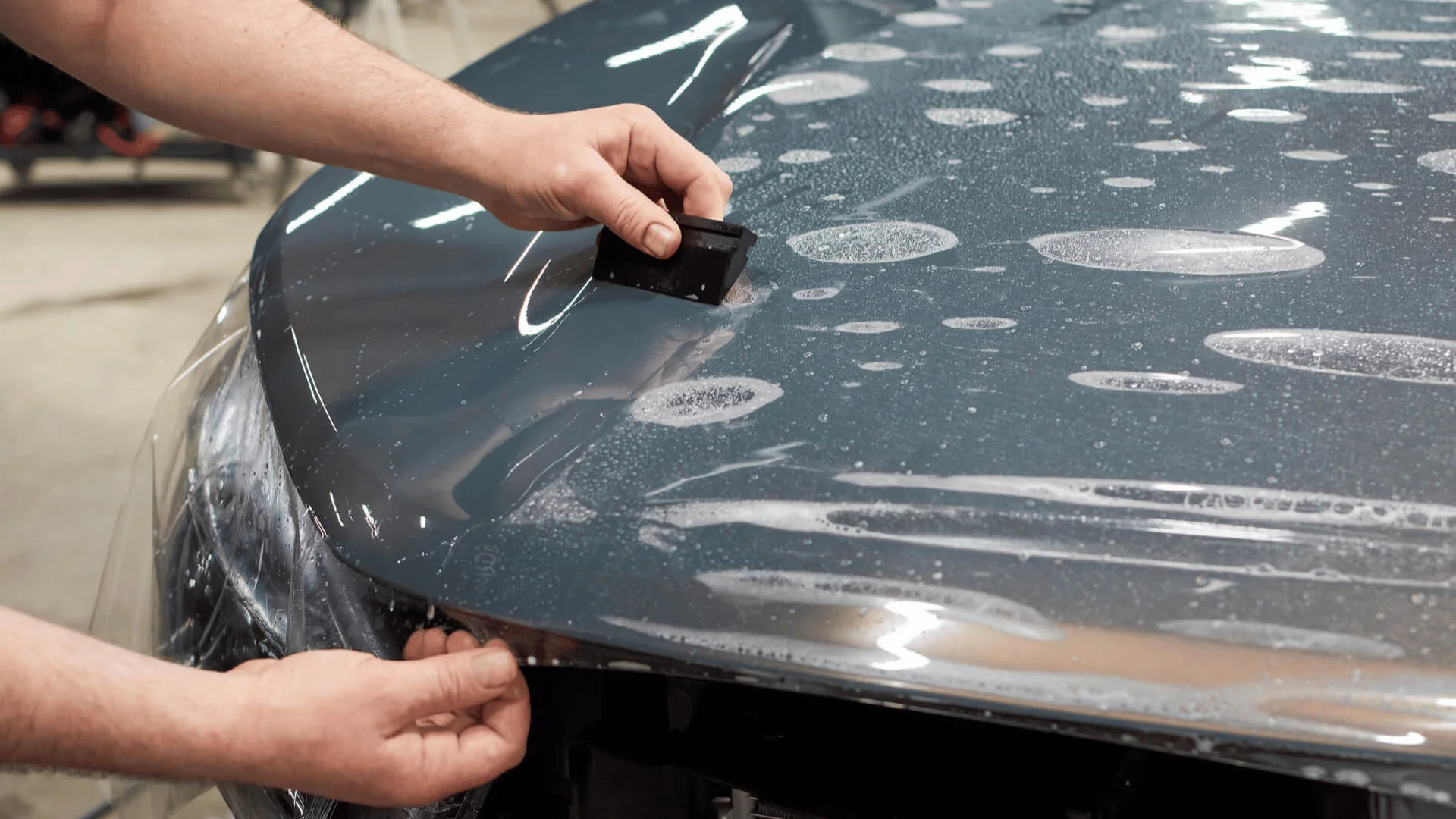Few things are more frustrating than seeing a fresh coffee spill or sticky juice stain on your car seat when you’re on the go. Add grease stains to the mix, and suddenly your vehicle feels less like a personal space and more like a neglected kitchen floor.
These stains don’t just look unpleasant. If left untreated, they can become permanent and even affect your car’s resale value. That’s why many drivers in Dubai search for the most effective car seat stain remover that works quickly and safely on different materials.
We understand the frustration that comes with trying every household trick, only to have the stain set in deeper. This guide will walk you through reliable methods that actually work.
Keep reading to discover practical solutions you can use today—and a few smart strategies to prevent future stains before they start.
Quick Action Counts in How to Remove Stain from Car Seat
Stains set fast, especially in Dubai’s heat. Coffee, juice, and grease can dry up within minutes, leaving behind unsightly marks that are harder to clean the longer they sit.
Acting quickly can make all the difference between a temporary inconvenience and permanent upholstery damage. Here’s how to handle fresh stains the right way:
1. Blot the Spill Immediately
Grab a clean microfiber cloth, paper towel, or even a soft rag and blot the affected area gently. The goal is to absorb as much liquid as possible before it seeps deeper into the fabric.
Avoid the urge to rub. Rubbing spreads the stain and grinds it into the fibers, making it more difficult to lift later.
2. Vacuum Any Loose Particles
If the spill included solid elements such as crumbs from food or residue from sugary drinks, use a handheld vacuum to remove them.
Vacuuming prevents particles from mixing with your cleaning solution and causing smears or additional staining during treatment. This is a simple but often skipped step in most stain removal routines.
3. Apply a Light Mist of Cold Water
Dampen the area lightly with cold water using a spray bottle or damp cloth. Do not over-saturate the seat. Using excessive water can lead to mold or damage, particularly with leather or synthetic materials.
For leather seats, it’s best to proceed with minimal moisture and avoid water pooling in seams or stitching.
4. Keep a Stain Remover for Car Seats on Hand
A quick-acting product can be a lifesaver. A travel-size spray or wipe designed for upholstery can help control the stain until you can clean the area properly. Make sure it’s a formula safe for your seat type, whether it’s fabric, leather, or vinyl.
Taking fast action increases your chances of removing stains entirely. It also gives your chosen car seat stain remover the best shot at delivering a clean, professional result.
Household Solutions That Work
Some of the most effective stain removers can already be found in your kitchen. These DIY options are simple to prepare and surprisingly effective on common spills. They are especially useful when you need to act quickly and don’t have a commercial product on hand.
Just make sure to test any solution on a small, hidden area first to avoid discoloration or damage.
1. Vinegar and Dish Soap Blend
This combination works well on both coffee and juice stains. Mix one cup of warm water with one tablespoon of white vinegar and one teaspoon of mild dish soap.
Apply the mixture using a clean cloth and gently blot the stain. Let it sit for 5–10 minutes before dabbing the area with cold water to remove the residue. This solution is commonly recommended in Dubai car care blogs for its simplicity and effectiveness.
2. Baking Soda Paste for Grease
Grease is tougher to remove because it bonds with the fabric fibers. Baking soda helps break down the oils. To make a paste, mix three parts baking soda with one part water.
Spread the paste over the stained area and let it sit for 15–20 minutes. Once dry, vacuum the residue and assess if the stain has lightened. Repeat if necessary. This method works well on cloth seats and is safe for most synthetic fabrics.
3. Laundry Detergent Spray
For stubborn or old stains, a liquid laundry detergent solution can help. Mix one tablespoon of detergent with two cups of warm water.
Spray it lightly over the stained area, let it sit for 10 minutes, then blot with a dry towel. This is a good alternative when searching for the best stain remover for car seats, but wanting to avoid harsher chemicals.
These household solutions are affordable, accessible, and safe for regular use. They also offer a useful backup when you’re in between professional cleanings or need a quick fix.
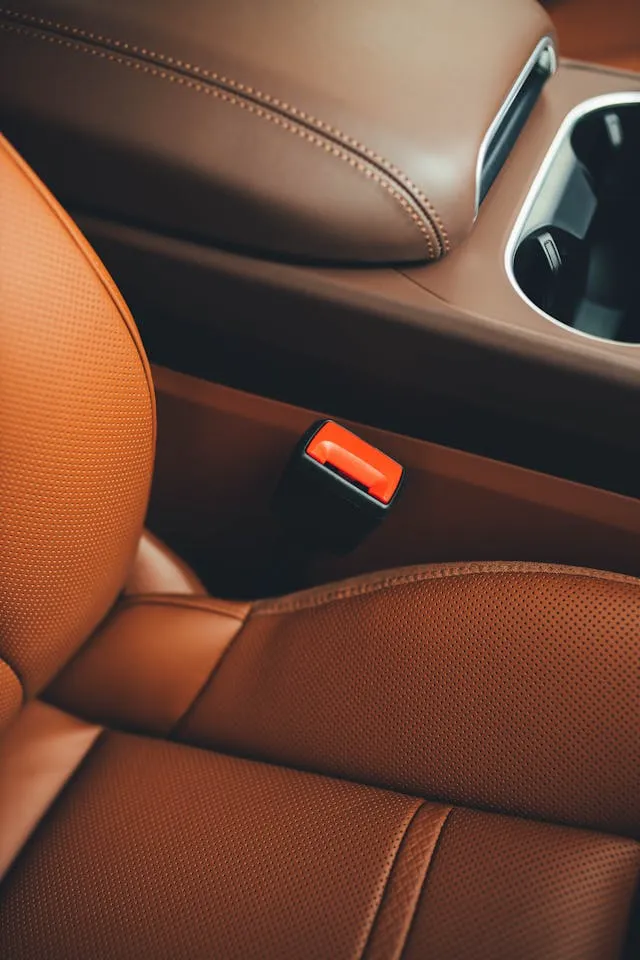
Material-Specific Strategies
Different seat materials require different care. Using the wrong cleaner can cause fading, cracking, or permanent damage. Understanding what works best for each surface ensures that stains are removed safely and effectively.
Fabric Seats
Fabric is absorbent, which means stains often sink deep into the fibers. Use a foam-based or enzymatic stain remover that can reach below the surface. These products break down both oil- and water-based stains, including coffee and juice.
After applying the cleaner, blot with a clean cloth and allow the area to air dry. Avoid scrubbing, as this can fray the fabric or spread the stain further.
Leather Seats
Leather requires a gentler approach. Use only pH-balanced leather cleaners that are specifically made for automotive use. These solutions lift stains without stripping the leather’s natural oils.
After cleaning, apply a leather conditioner to keep the material soft and prevent cracking, which is especially important in Dubai’s heat. Never use vinegar, bleach, or all-purpose cleaners on leather. They can permanently damage the surface. Also, make sure you maintain the leather cat seat covers.
Vinyl Seats
Vinyl is more resistant to spills but can still stain if not treated properly. Use a soft cloth and a mild, alcohol-free cleaner to remove marks. Avoid abrasive pads or stiff brushes that can scratch the surface.
For regular care, a multi-surface automotive cleaner is enough to maintain a clean look without risking discoloration.
Using the right cleaning method for your seat type not only improves stain removal but also extends the life of your interior. It’s a small step that goes a long way in keeping your car’s cabin looking and feeling new.
Deep Cleaning Methods
Sometimes, surface cleaning isn’t enough. Deep stains from grease, coffee, or juice may require more intensive treatment, especially if they’ve been left for days or weeks.
When regular cleaners fail, deep cleaning methods offer a more thorough solution for restoring your car seats.
Steam Cleaning
Steam cleaning is one of the most effective ways to lift embedded stains and odors from fabric car seats. The high temperature helps break down oils and dried residue while sanitizing the surface.
It’s especially useful for juice and food-related stains, which often leave behind sticky residue. Steam also uses minimal chemicals, making it safer for households with children or pets.
Many car care professionals in Dubai rely on steam cleaning for its ability to reach deep into fabric without over-saturating it. However, it’s not recommended for leather or vinyl, as excessive heat and moisture can damage those surfaces.
When DIY Isn’t Enough
If you’ve tried household remedies and commercial stain removers with little success, it may be time to bring in a professional.
Deep stains often need specialized tools or stronger solutions that aren’t available for retail purchase. A trained technician can assess the material and choose the safest, most effective treatment method.
For those unsure about how to remove a stain from a car seat fabric without causing damage, seeking expert help is a smart choice. A proper deep clean not only improves appearance but also helps maintain the car’s resale value.
Prevention and Routine Care
Keeping your car seats clean doesn’t have to be difficult. With a few preventive habits, you can reduce the chances of future stains and maintain a spotless interior. Simple, consistent care goes a long way in protecting your car upholstery from coffee, juice, and grease.
Use Seat Covers
Seat covers offer a protective layer that shields the original upholstery from spills and dirt. They are easy to remove and wash, making them ideal for families, pet owners, or anyone who frequently eats or drinks in the car. Choose covers that fit securely and are made from durable, easy-to-clean materials.
Vacuum Regularly
Dust and crumbs trap moisture and lead to staining over time. Vacuum your car seats at least once a week to remove debris that can contribute to buildup. Pay close attention to seams and creases where food particles often settle.
Keep a Stain Kit Handy
Having a basic stain remover for car seats, a microfiber cloth, and a blotting towel in your glove compartment allows for immediate action. The faster you treat a spill, the easier it is to remove. Look for compact cleaning kits specifically designed for automotive use.
Schedule Professional Check-Ups
Regular car interior detailing helps keep your upholstery in excellent condition. Experts can spot developing issues early, deep clean fabric or leather, and recommend care routines suited to your car’s material. At Monza Auto Care, professional detailing services include tailored interior treatments that restore and protect your seats over time.
A strong routine keeps stains under control and extends the life of your car’s interior. With consistent care, even the busiest drivers can keep their seats looking fresh.
Final Thoughts
Coffee spills, juice stains, and grease marks don’t have to leave a lasting impression on your car seats. With the right techniques and a bit of quick action, you can keep your interior looking clean, fresh, and well-maintained.
If you need help with stubborn stains or want a deeper clean that restores your car’s interior, Monza Auto Care is here to assist. Our team uses safe, effective methods tailored to your car’s material and condition.
To schedule an appointment or speak with a professional, feel free to contact us, email us at monzaautocare@gmail.com, or call us directly at +97165300005. We’re always happy to help you care for your car, inside and out.
Frequently Asked Questions
What’s the safest way to clean a baby car seat with stains?
Can I use a car paint stain remover on upholstery stains?
No, car paint stain removers contain strong chemicals for exterior use that can damage interior fabrics. They may cause discoloration or weaken material. Use products specifically made for car seats and always check labels to ensure safe application on upholstery.

